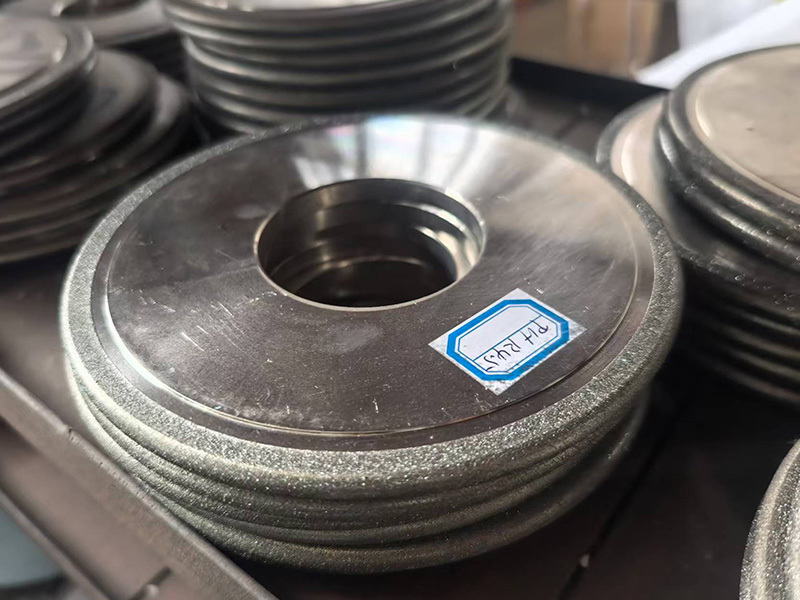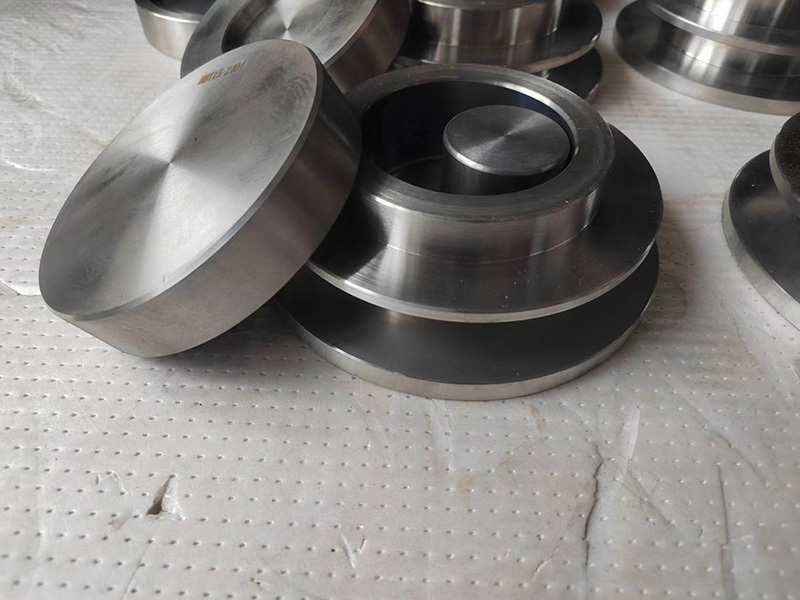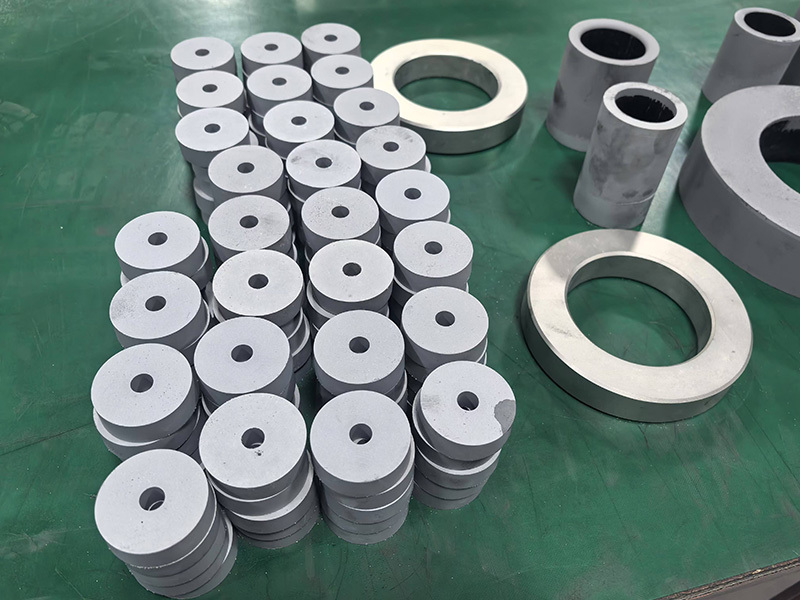The Versatile World of Hard Alloy Molds: An In-Depth Exploration
Introduction to Hard Alloy Molds
Have you ever marveled at the precision of your favorite gadget? Or perhaps wondered how those complex parts are crafted? Well, the answer often lies in the realm of hard alloy molds. These unsung heroes of manufacturing are pivotal in shaping the products we use daily. Let's dive into this fascinating topic!
What Are Hard Alloy Molds?
So, what exactly are hard alloy molds? In simple terms, they are tools made from a mixture of metals that provide exceptional durability and resistance to wear. Commonly, they are composed of tungsten carbide, which gives them their hard as nails reputation. This makes them perfect for high-precision applications in various industries, from automotive to electronics.
Why Choose Hard Alloy Molds?
Choosing hard alloy molds is like opting for a sturdy umbrella when a storm is brewing. The benefits are plentiful:
- Durability: Hard alloy molds can withstand intense pressure and extreme temperatures, making them a go-to for heavy-duty manufacturing.
- Precision: These molds offer a level of accuracy that's hard to beat, ensuring every part is crafted to perfection.
- Cost-Effectiveness: Though they might require a higher initial investment, their longevity often translates to lower costs over time. It's a classic case of "you get what you pay for!"
Applications of Hard Alloy Molds
The applications of hard alloy molds are as varied as the products they help create. Here's a quick rundown:
- Automotive Industry: From engine components to intricate body parts, these molds help produce high-quality components that keep vehicles running smoothly.
- Electronics: Hard alloy molds play a crucial role in the production of circuit boards and other electronic components, ensuring reliability and efficiency.
- Medical Devices: In the medical field, precision is paramount. Hard alloy molds help manufacture devices that are not only effective but also safe for patients.
The Manufacturing Process
Now, you might be wondering, how are these molds made? The process typically involves:
- Mixing: The alloy components are carefully mixed to achieve the desired properties.
- Pressing: The mixture is then pressed into the mold shape, creating a dense form.
- Sintering: This crucial step involves heating the pressed molds without melting them, which fuses the particles together and enhances strength.
- Finishing: Finally, molds are polished and inspected for quality assurance.
Challenges in Using Hard Alloy Molds
While hard alloy molds are fantastic, they come with their own set of challenges:
- Initial Cost: As mentioned earlier, the upfront cost can be daunting.
- Brittleness: Although incredibly hard, these molds can be brittle, which means they require careful handling.
- Maintenance: Regular maintenance is essential to ensure longevity and performance.
Future Trends in Mold Technology
The world of mold technology is ever-evolving. With advancements in materials science and manufacturing techniques, we can expect:
- Smart Molds: Integration of sensors for real-time monitoring and data collection.
- Eco-Friendly Options: Development of sustainable materials to reduce environmental impact.
- Customization: Increased demand for customized molds tailored to specific applications.
Conclusion
In conclusion, hard alloy molds are a cornerstone of modern manufacturing. Their durability, precision, and versatility make them indispensable across various industries. So, the next time you pick up a gadget, remember the intricate work of these molds behind the scenes! It's a small world, but boy, it's packed with innovation.
Tags:
Related news










